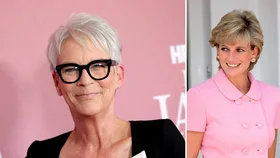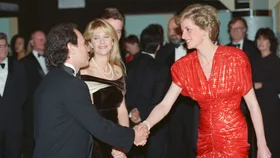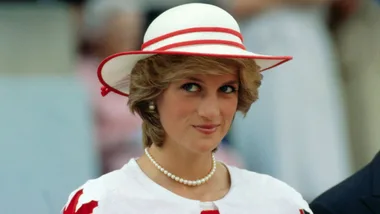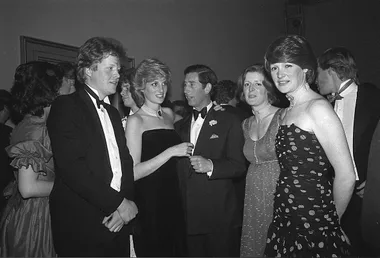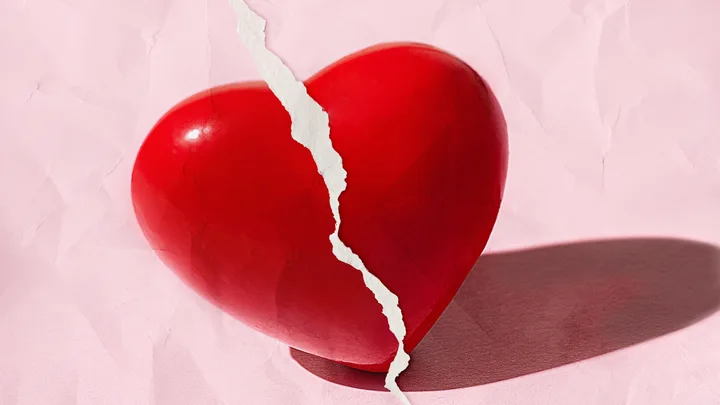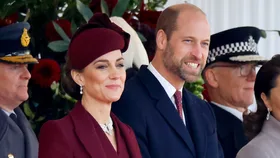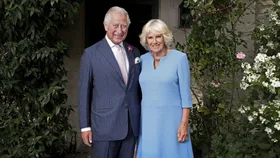She’s gone, but never forgotten. Twenty-eight years after her death, a new book delves into the reasons why Diana, Princess of Wales, continues to transform the House of Windsor and the lives of millions of people around the world.
The “People’s Princess” makes a mark
There is a cafe on a busy street just a stone’s throw from Kensington Palace that’s been going strong for 36 years. In most ways, it is just an ordinary London ‘caff’. It serves a mix of typical Brit greasy-spoon fare – eggs, bacon, sausages and filter coffee – alongside a taste of the Middle East – fresh falafel and baba ghanoush. What makes this place different becomes apparent only when you settle onto the red, padded, faux-leather benches. The walls are covered, floor to ceiling, with photographs of Diana, Princess of Wales. No matter where you sit, that famous lowered gaze, upswept fringe and solar smile looks out at you.
The cafe’s owner, Abdul Basit Daoud, Iraqi born and now proudly British, had planned to name his business after himself. Then, morning after morning, he watched police stop traffic on the road outside as Diana’s car passed, dropping William and Harry to school. So Café Diana was born.
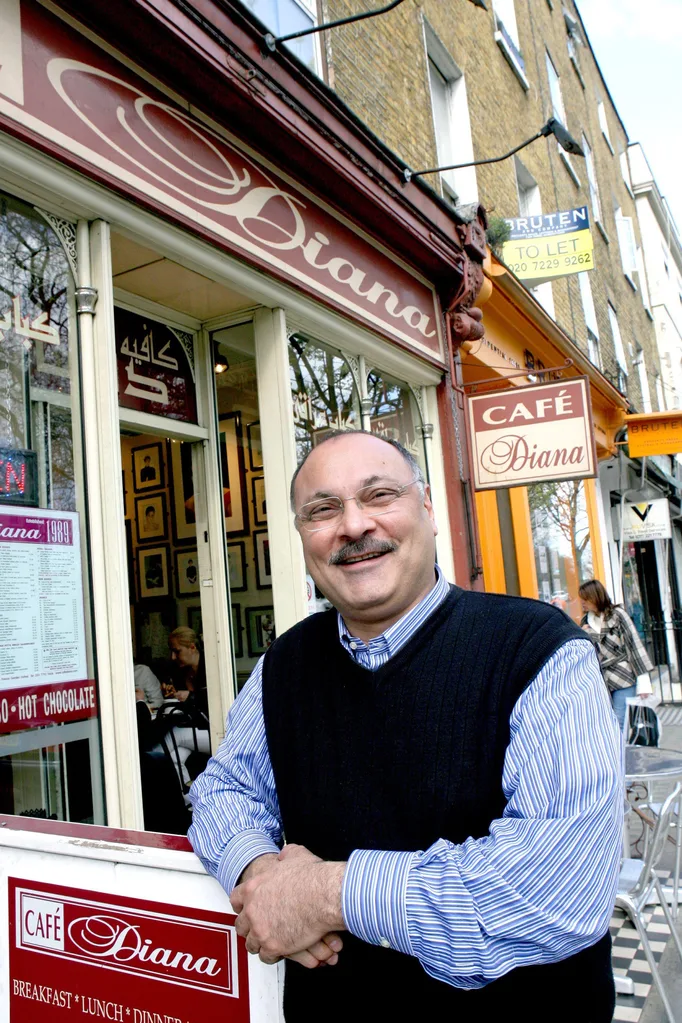
The princess even popped in. She gave him a photo of herself when she learned a local eatery had opened in her honour. It is a small example of that personal touch for which she was renowned, and which made her the “People’s Princess” even though her blood was bluer than the Windsors’.
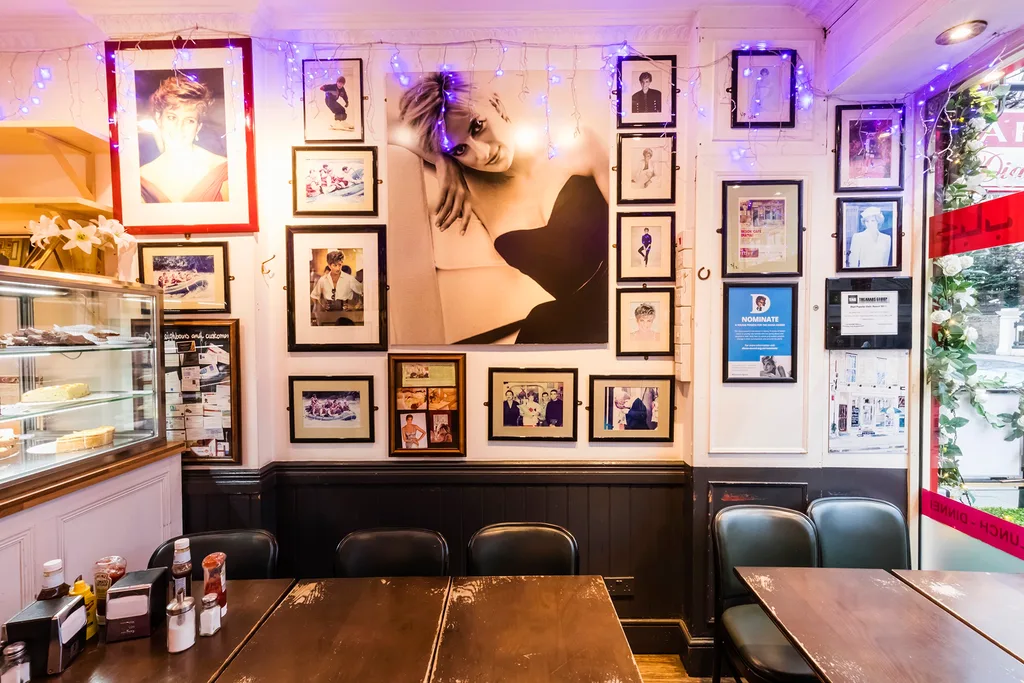
Visiting the cafe named after Princess Diana
I sat in Café Diana on a wet, spring morning a few weeks ago, having coffee with friends before walking through Kensington Gardens and Diana’s memorial, her presence still felt not just in the myriad portraits on the wall, but in the imaginations of those who visit this part of London.
For Edward White, acclaimed biographer and author of the newly released, Dianaworld: An Obsession, Abdul’s story says much about the cultural phenomenon that swept the world when the shy young English beauty married her prince – unhappily and tragically in the end – and which remains influential still today.
“People from all walks of life found parallels between her life of enormous privilege and their own,” he tells me during a long chat early one morning. “It became apparent, as I started my research, that huge numbers of people from a huge array of different nations and backgrounds genuinely felt she was one of them, and that somehow she reflected a truth about themselves.”
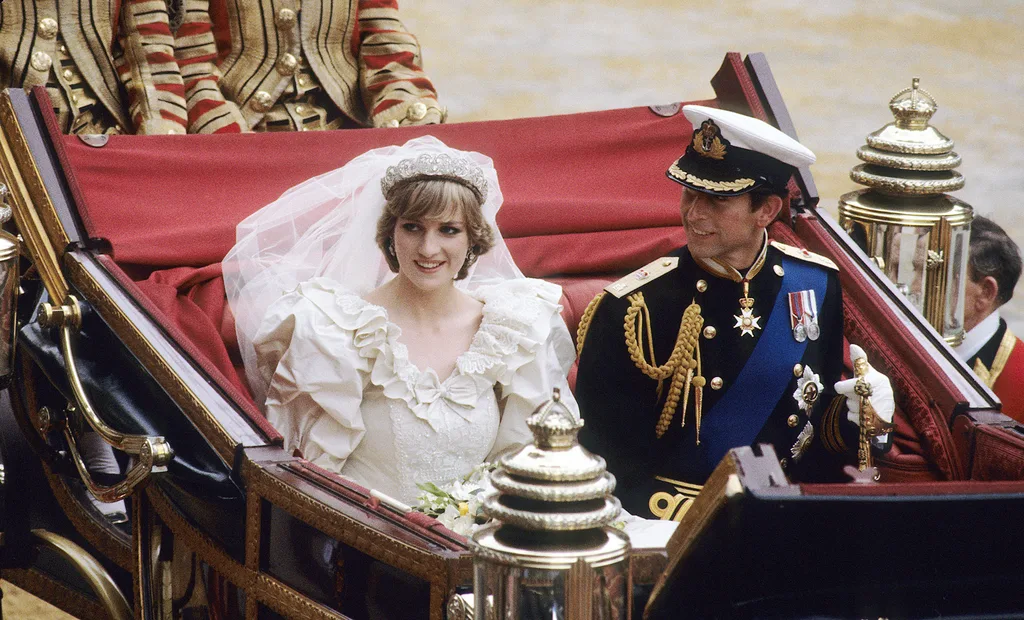
Marking 28 years since the passing of Princess Diana
Which is why, perhaps, they felt her loss so keenly. On August 31, it will be 28 years since Diana died, with her boyfriend Dodi Fayed, in a car speeding through a Paris tunnel to escape paparazzi. Her alleged last words to a firefighter – “My God, what has happened?” – summed up the visceral shock we all felt.
Diana’s story is compelling and unique in that she was thrust into the global spotlight as a teenager.
By 20, she was a young, aristocratic bride, chosen for her traditional virtues and breeding. This was at a time when women were putting off marriage and children, and diving into careers.
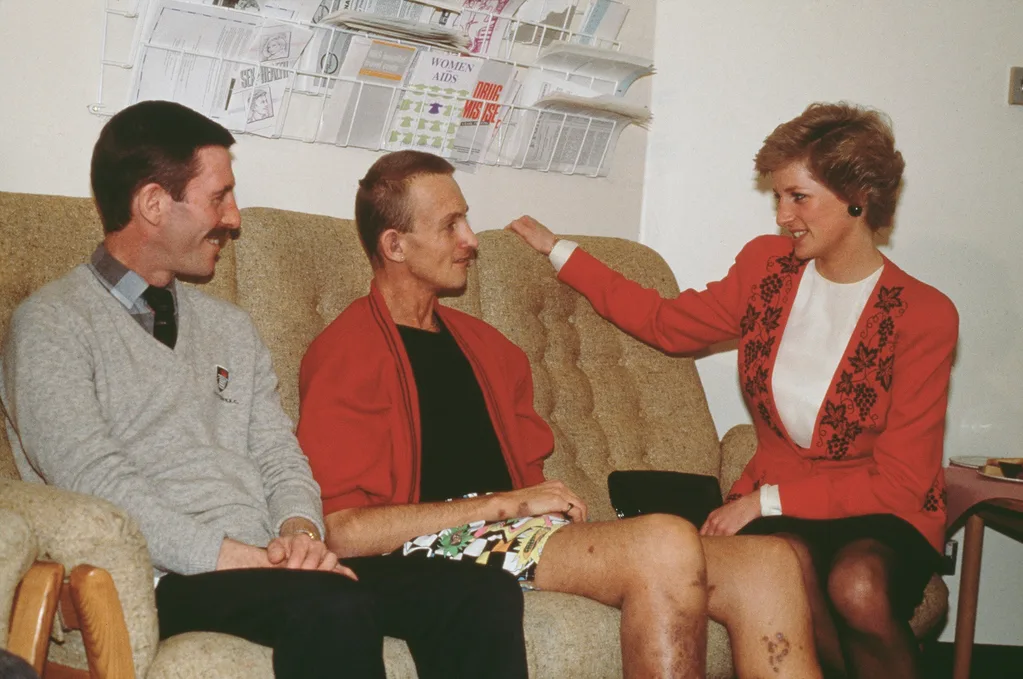
At first, she appeared old fashioned, archaic, but very quickly transformed into a catalyst for ferocious change. She threw aside ancient royal formalities, meeting crowds head on, bending down to speak to children. Touching, listening to and famously hugging HIV-positive men at the height of the AIDS epidemic.
Her influence was felt like a series of seismic waves by the royal family. It ultimately helped to reshape a more approachable and publicly compassionate modern monarchy.
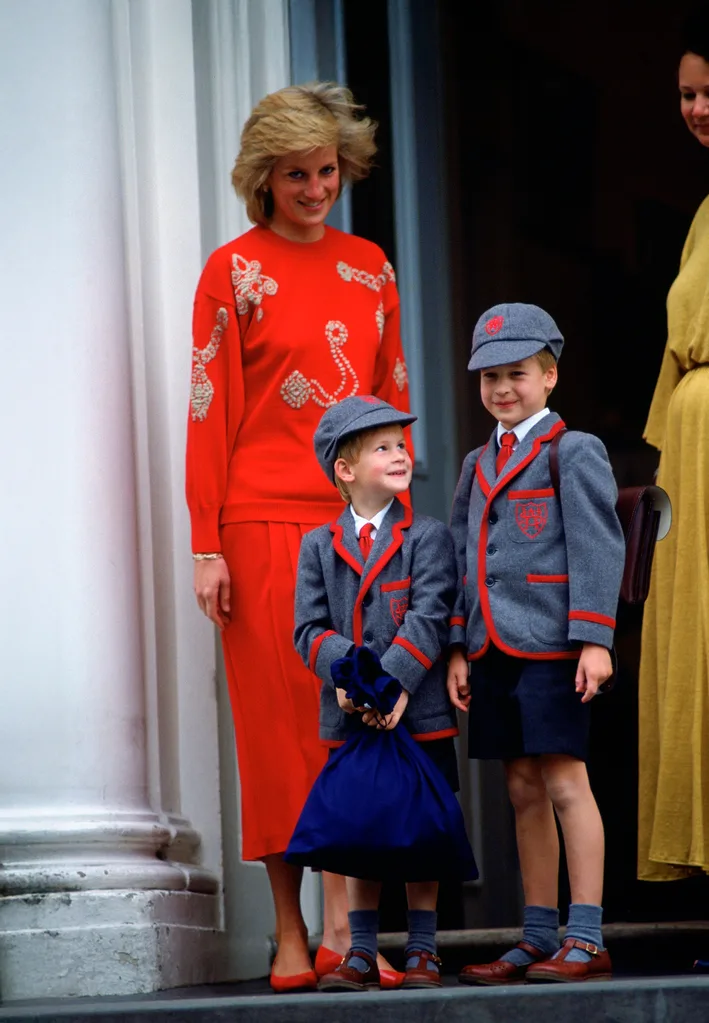
Princess Diana passed her legacy to her sons
And her memory lives poignantly in both her sons. They carry on her legacy in the ways in which they raise their own families and in the causes they support.
Prince William and Prince Harry have chosen – and inherited – vastly different lives. “You can, I think, make the case,” says Edward, “that both of them believe they are following their mother’s example perfectly.”

Prince Charles and Lady Diana Frances Spencer married, amidst enormous pomp and international fascination, in St Paul’s Cathedral on July 29, 1981. The global radio and television audience numbered 1000 million people.
In myriad ways, Charles and Diana’s marriage changed the world. From copycat wedding dresses and veils to the confessional manner in which the breakdown of their union was later shared.

Her visit to Australia
Reading Edward’s book now brings back my own memories of Diana’s visit to Australia in 1983. I was a cadet journalist with The Sydney Morning Herald. My father worked for the NSW Government and I was Dad’s ‘date’ at a parliamentary function for the royals. I remember being struck by the unprecedented media frenzy Diana sparked everywhere she went.
Already, she’d changed protocol around royal travel, by insisting on bringing 10-month-old Prince William. In doing so, she also signalled clearly that she planned to raise her children in a very different manner from previous generations of the royal family.

Headlines swirled around the couple’s romantic dance at a charity ball in Sydney. She wore a shimmering, blue Bruce Oldfield gown and silver slippers. The song was The More I See You, reinvented by Peter Allen a decade before. It would be years before the myriad tell-all books – and Season Four, Episode Six of The Crown, Terra Nullius – would reveal just how strained her marriage to then Prince Charles already was. By 1988, when the couple toured Australia for the second time, the marriage had well and truly collapsed.
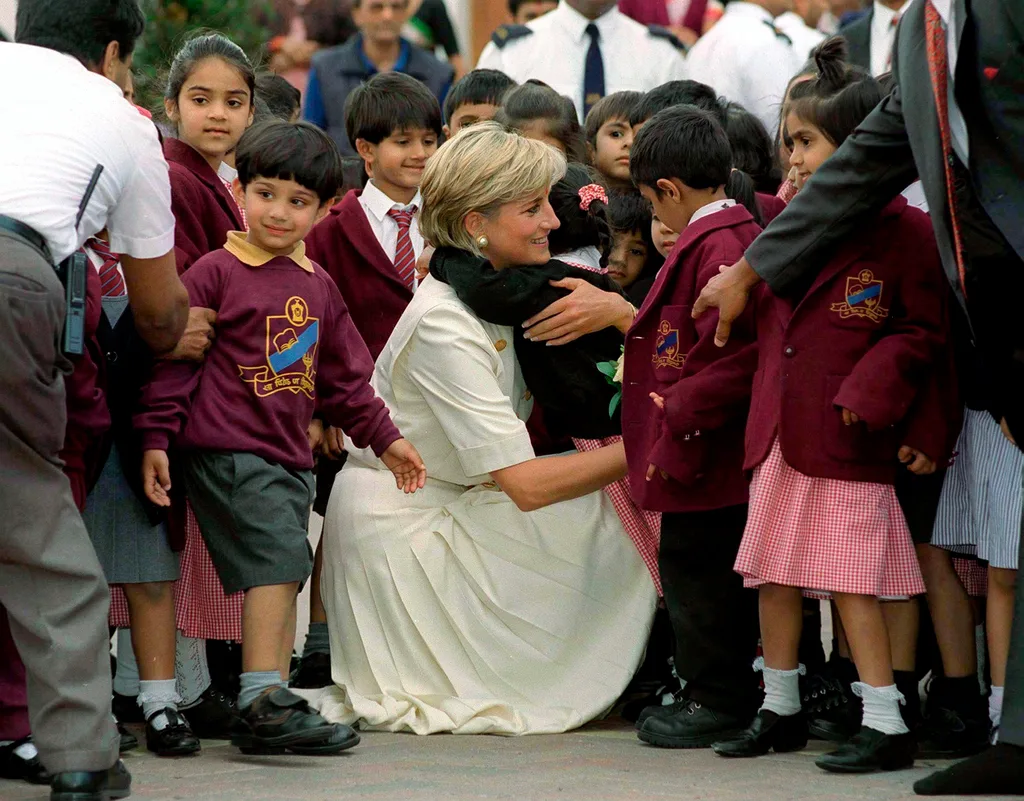
Wearing her heart on her sleeve
Much of Diana’s fascination, says Edward, centred on her capacity to externalise emotion and make her feelings known, even then. She was the princess who cried and blushed. Even her anxious nail-biting and jagged cuticles were analysed when she presented her engagement ring, aged 19, to the world’s photographers.
She spoke openly of her emotional struggles, and also of an eating disorder, making the discussion of mental health appear suddenly acceptable. She spoke too about the rupture of her parents’ marriage. (The divorce was finalised in 1969, the year the UK Parliament passed no-fault divorce laws.) It resonated powerfully with a whole generation.
In doing so, Diana threw a light on generational trauma. She made it a badge of resilience to have survived a broken home.
“Diana was not the first person to talk about her unhappiness in public,” says Edward. “But she was the first person from this exalted, elevated status. She made it okay for people who were meant to be above vulnerability to talk about it.”
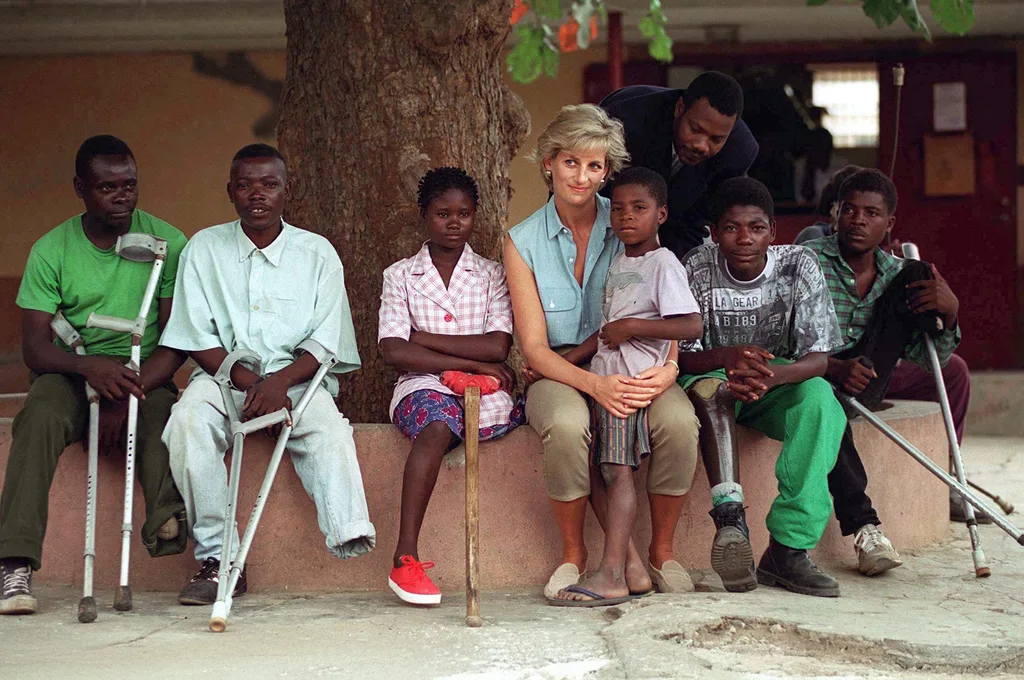
Inspiring a new generation of leaders
In 1991, Diana, mother of a future King of England, did the unthinkable. She urged her compatriots to follow her lead, unbottle their emotions and unstitch that stiff British upper lip.
“It does not harm people to cry. But there seems to be a curious conspiracy in adults to suppress this emotion. People keep trying to stop others from crying as though it will harm them,” she said.
Diana’s capacity for intimate expression, says Edward, opened a portal to a future Britain of “emotional openness, full of tears and hugs and profusions of love. Liberating to some Britons, utterly terrifying to others”.
Her compassion-led rhetoric, he believes, also inspired the political style of a generation of leaders. From New Labour and Tony Blair – swept to power after decades of grim Thatcherism – through his Tory successor, David Cameron, who famously urged empathy for marginalised youth in a speech dubbed “Hug a hoodie”. Even perhaps the unique candour and compassion of New Zealand Prime Minister Jacinda Ardern.
“Tony Blair once told an interviewer that Diana invented a new way to be British,” Edward recalls. “In a geopolitical climate where we have a surfeit of extremely macho alpha males who have no regard for any of these virtues, it seems worthwhile to have somebody in the culture making the case, right?”
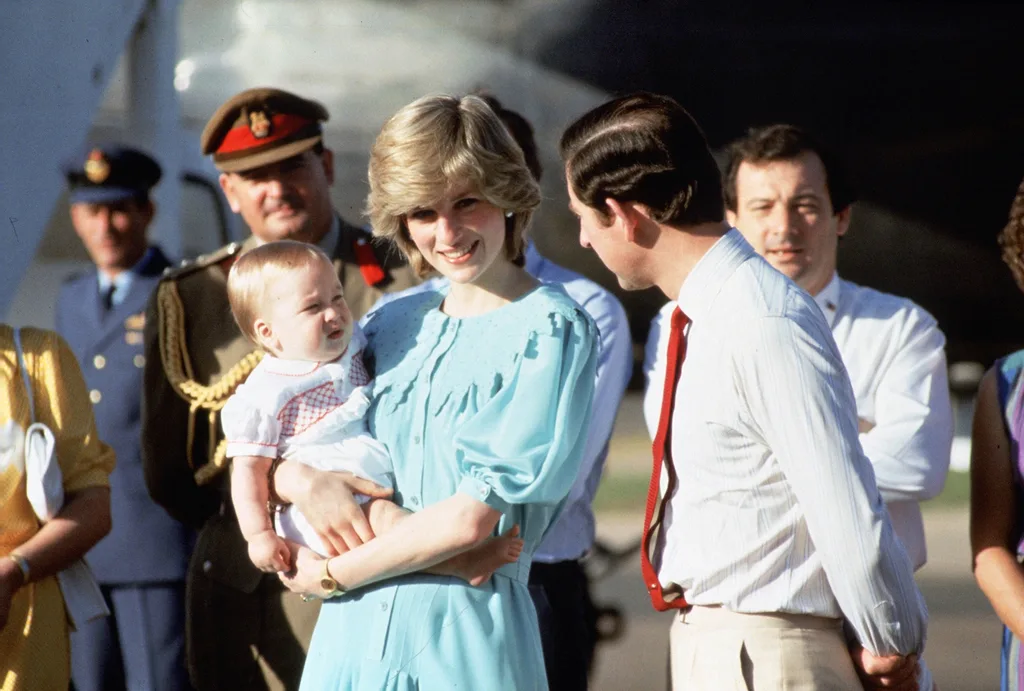
Princess Diana’s impacts on her son’s lives
Twenty-eight years after my first encounter with Diana, I found myself in Westminster Abbey. I was the only Australian journalist allowed inside to cover the wedding of a young Prince William to his university sweetheart, Kate Middleton. The House of Windsor had shifted subtly at its core.
Today, in their very different marriages to very different women, raising families on opposite sides of the Atlantic Ocean, both Diana’s sons carry her legacy forward.
Certainly both families are raising their children in a more relaxed and openly affectionate manner than would have been thinkable to previous generations of the royal family. Gleaned painfully from her own unhappy childhood, this is arguably Diana’s greatest contribution to the Windsors.
Edward observes that, particularly after her marriage ended, Americans took to Diana as “one of theirs”. They welcomed her reported dream of a life in the New World. They also made much of her “normal” style of mothering, including clandestine visits with William and Harry to McDonalds.
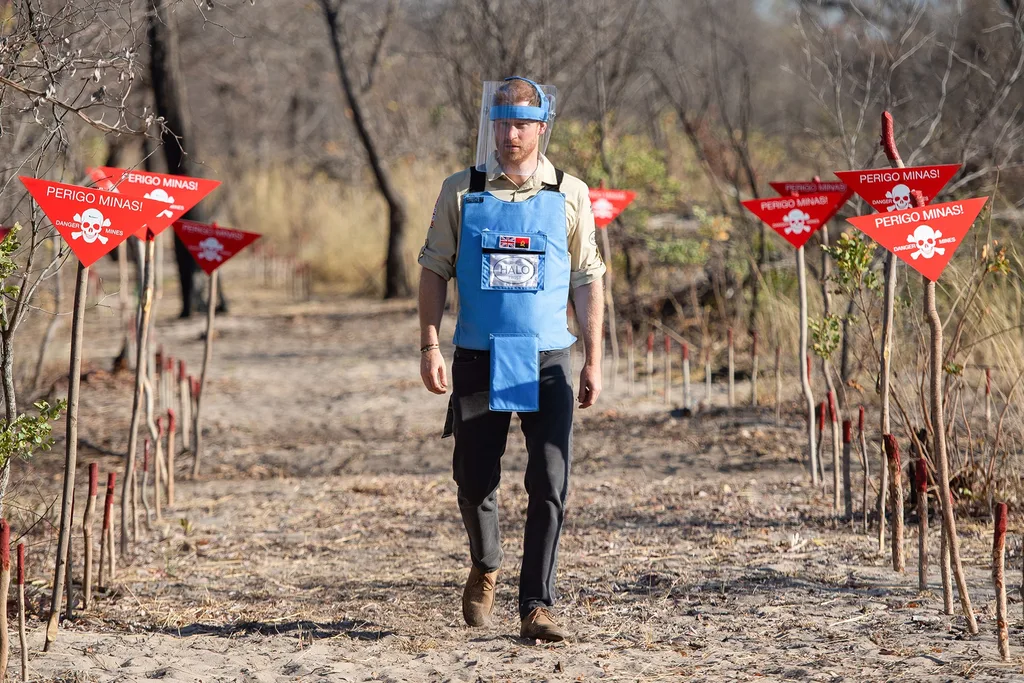
Parallels between Princess Diana and Prince Harry
It strikes me, chatting with Edward, that there are significant parallels between Diana’s struggles with royal existence and her son Harry’s. They include the desire to escape to America, the capacity to communicate with ordinary people and empathise with those less fortunate. And the sense of imprisonment by “The Firm”.
Harry and William, Edward says, exemplify Diana’s unusual capacity to become the focus for opposite sides of just about any argument or identity. She had no political agenda and was, in fact, what he describes as a “cross-bench emblem”, claimed happily by the left and right, royalists and republicans.
In a similar way, each of Diana’s sons believes he is the true defender of his mother’s legacy and that the vastly different paths they have chosen are in memory of her.
“On one hand,” Edward explains, “because of his position and being the next monarch, William sees his mother as giving him the toolkit to adapt to the 21st century, to smooth the continuation of tradition and strengthen the Windsor monarchy. Whereas Harry sees her in the same way that a lot of her biggest fans see her. As a kind of truth-telling whistleblower … Diana’s ethic of radical honesty is the lesson that Harry has taken from his mother.”
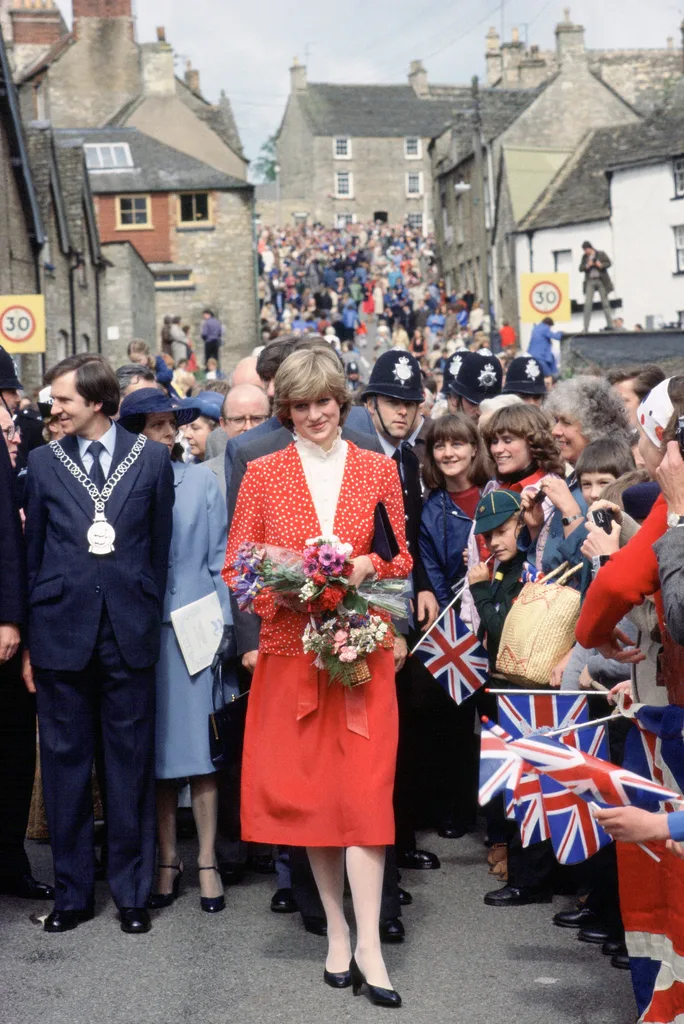
Why she resonated with the public
Back at Café Diana, Abdul reveals more about the special bond that connects him to the princess.
“I am a royalist, I am patriotic,” he had told Edward. He moved to London as a student in 1977, the same year as Diana – another reason her life has resonated with him so strongly.
“Like Abdul,” Edward explains, “the UK Indian and Pakistani population drew parallels between her life and theirs and this wasn’t just a British phenomenon. I found that immigrant communities in many parts of the world, including Australia, were sincere in that somehow she represented a true reference point for them in their new homelands.”
Some saw her as caught up in a traditional arranged marriage.
Others resonated with her disorientation and isolation in a strange cultural landscape. Still others were moved by her public vulnerability and radical emotional candour.

Princess Diana’s ability to connect with other women
Women who had been abused or abandoned felt they had an ally in Diana, who supported the UK charity, Refuge. Once, Edward writes, while visiting “a housing estate in north-east London, she remarked on how few men there were. A female resident told her that women always outnumbered men in their community, to which Diana replied: ‘There you are. It’s the story of our lives,’ indicating that, even as Princess of Wales, her difficulties in life mirrored those of her working-class sisters.”
And her relationship with the LGBTQI+ community is the stuff of legend. Diana forged friendships with Freddie Mercury, Elton John and comedian and broadcaster Kenny Everett. Her most famous secret jaunt was a midnight outing to the Vauxhall Tavern, London’s drag queen Mecca. She was helped into drag herself: A camouflage jacket, hair tucked into a leather cap and aviator sunglasses. The story has it that a group of queens, along with the princess, Freddie and Kenny, were even able to have a quiet drink before leaving.
Irrespective of its veracity, Desmond O’Connor, author of a cabaret based on that royal night out, observes that this was a powerful theme that united the gay community with Diana. The need to find places to go where they could be themselves.
Those who feel their lives resonate with Diana’s are not only her contemporaries.
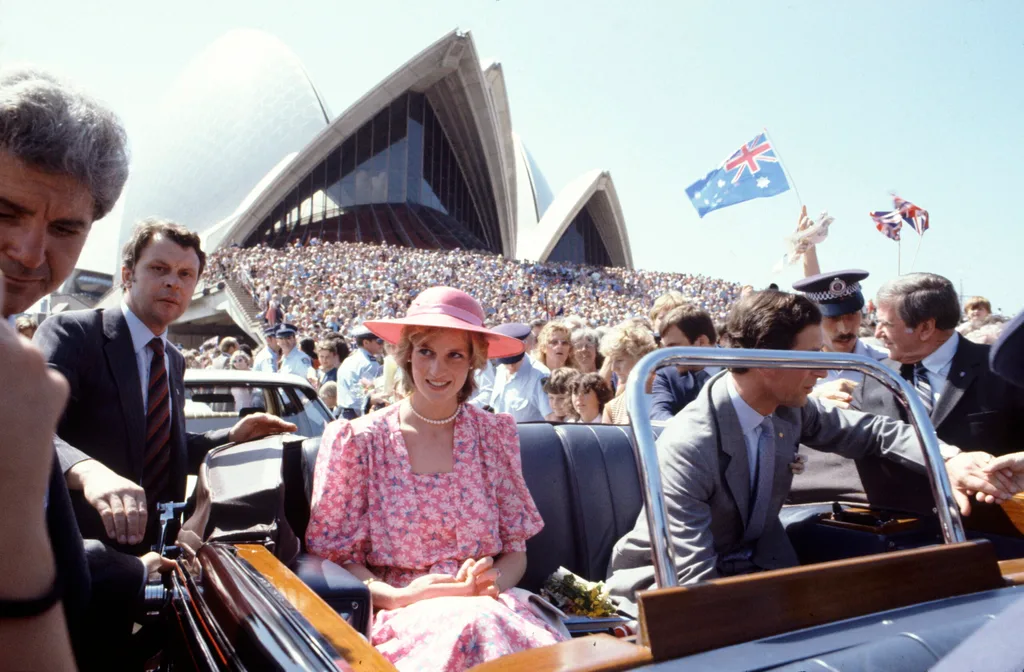
The resurgence of Diana’s popularity
“Of late,” Edward writes, “Diana has acquired a resurgent topicality. Key parts of her reputation – her rejection of deference, her questioning of institutional authority, her bridling against the way things are – seem very in keeping with the current age. Moreover, an audience of young adults, many not born until after her death, have ‘rediscovered’ her through numerous television, film, and theatrical productions, reacting to the chapters of her life as though tuning in to breaking news events.”
Diana would be 64 this year. Her legacy resonates as vividly as ever with people from all walks of life who believe somehow they know her.
Among the myriad people who offered Edward their own versions of Diana’s story for his book – from royal reporters and paparazzi, to friends, butlers and nannies – he suggests that Simone Simmons, a self-described healer with whom Diana had an affectionate if tempestuous friendship, offered the sharpest rendering of her character.
“Diana was life-affirming, funny, energetic and loving. Refreshingly open and interested in everyone around her in an unaffected and outgoing way,” Simone said. “But she could also be capricious, found it impossible to keep a secret, was inclined to tell little lies and tended to fall out with people over the most trivial matters.”
In other words, Diana was human, and she allowed the world to see that. That too is part of the legacy that lingers on.
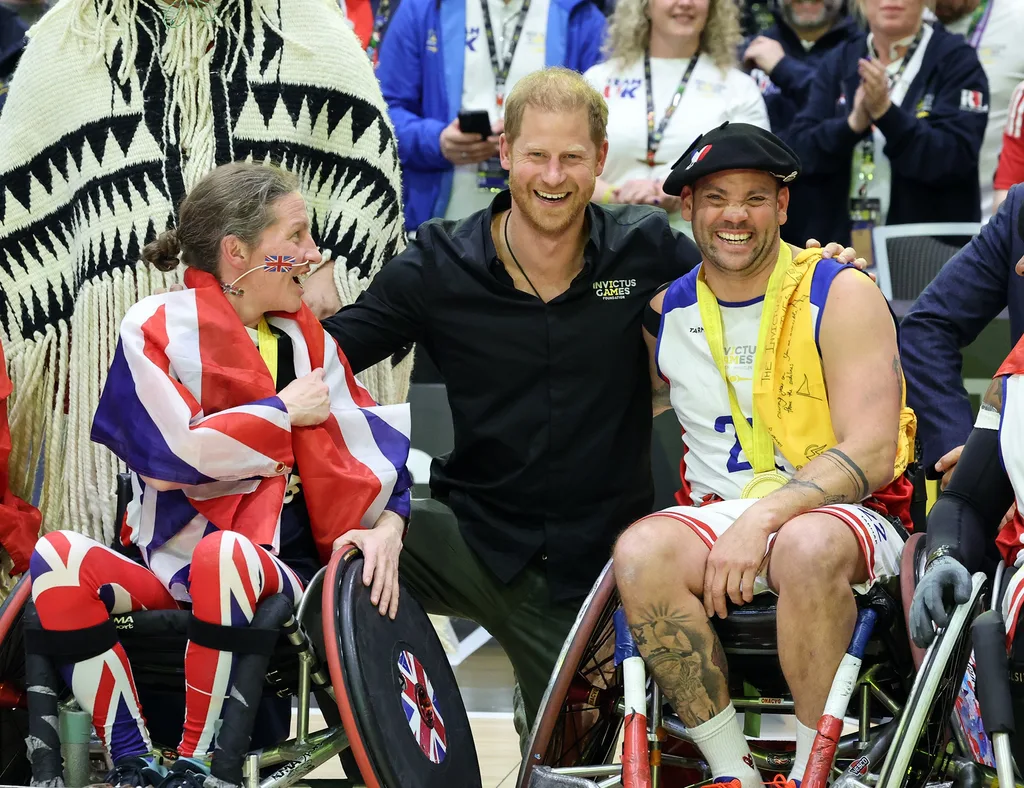
Princess Diana’s sons carry her legacy
Diana’s sons continue to honour her spirit in the causes they champion and the charities they support.
“My mother instilled in me, and in all of us, a drive to speak up and fight for a better world,” Prince Harry said, in a speech celebrating the annual Diana Award. The award is supported by both Prince William and Prince Harry. It recognises the contributions of young people who are working to change their communities.

Prince William has made reference to his mother in his ongoing support for people experiencing homelessness. He has sold The Big Issue on street corners and written for the not-for-profit magazine.
“I was 11 when I first visited a homeless shelter with my mother,” he wrote, “who in her own inimitable style was determined to shine a light on an overlooked, misunderstood problem.”
Like their mother, both Prince Harry and Prince William are also committed mental health advocates. Prince William and Princess Catherine initiated the Heads Together campaign through their Royal Foundation. Prince Harry supports veterans’ mental health through the Invictus Games.
Dianaworld: An Obsession by Edward White, Penguin, is out now.
This article is from the August 2025 issue of The Australian Women’s Weekly. Subscribe so you never miss an issue.
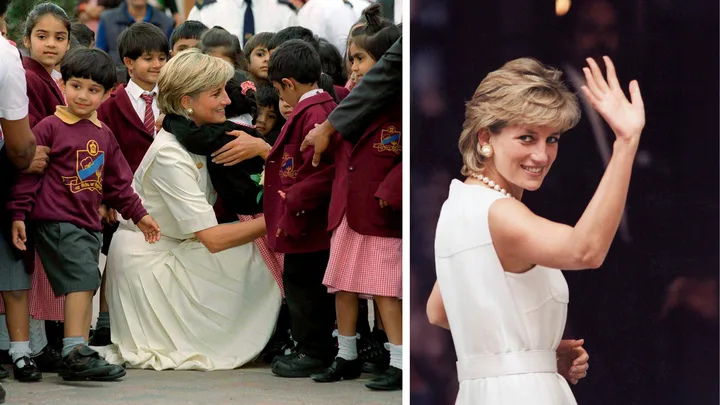 Getty Images.
Getty Images.
